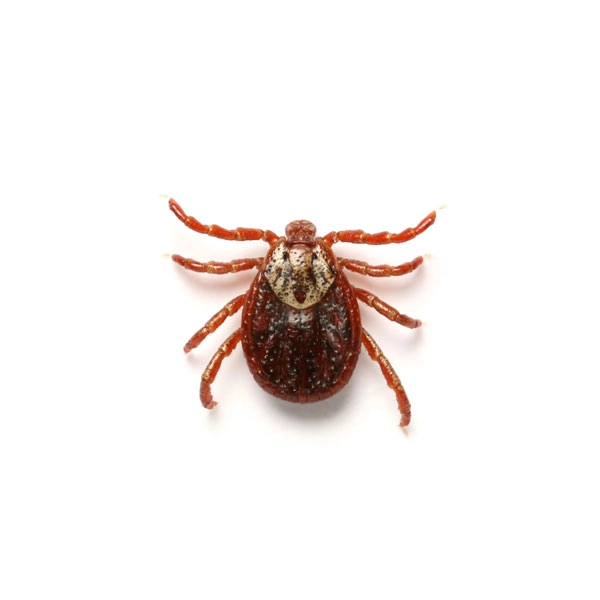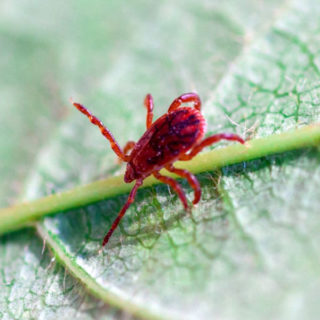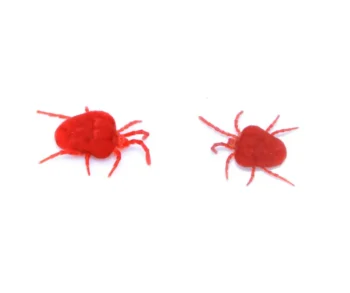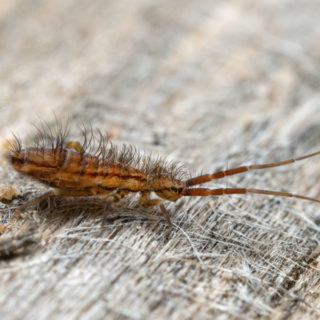American Dog Ticks in Central Arkansas
The American dog tick is distributed east of the Rocky Mountains and in a few western states such as California, Washington, and Idaho. The tick is most commonly found on dogs, but will also bite larger animals such as deer, cattle, mice, horses, and even humans. Pets and humans alike can contract diseases like Tularemia or Rocky Mountain Spotted Fever from one tick bite. If no host is found, the American dog tick can survive for up to two years at any stage of its life.
American Dog Tick Habitat
American dog ticks are found predominantly in areas with little or no tree cover, such as grassy fields and scrubland, as well as along trails and walkways. Residential areas can also host ticks if there are overgrown weeds, shrubs, tall grass, and clutter. These types of landscapes will attract rodents which will then attract immature ticks to the rodent. Adult ticks can climb onto a blade of grass or other vegetation that is low to the ground. They will hold onto the vegetation with their third pair of legs and wave their other legs around to attach to a potential host that is in the vicinity. When the host comes up against the vegetation, the tick will latch onto the human or animal.
American Dog Tick Behaviors, Threats, or Dangers
Adult females are most likely to bite humans and the highest risk of being bitten occurs during spring and summer. Ticks at any age of their lifecycle can transmit diseases such as Rocky Mountain Spotted Fever and Tularemia. Ways to avoid a bite include wearing long-sleeved shirts and pants that can be tucked into socks. Ticks will stand out if you wear lighter-colored clothing. Another method is to wear an insect repellent containing an EPA-registered ingredient, such as DEET.
If you are dealing with a tick problem, contact your local tick control experts for assistance.
Need help with American Dog Tick control?
Need Pest Control Service?
Leave your information below and we’ll be in touch with a FREE quote!
"*" indicates required fields
*During normal business hours. After hours calls will be returned the next business day.




